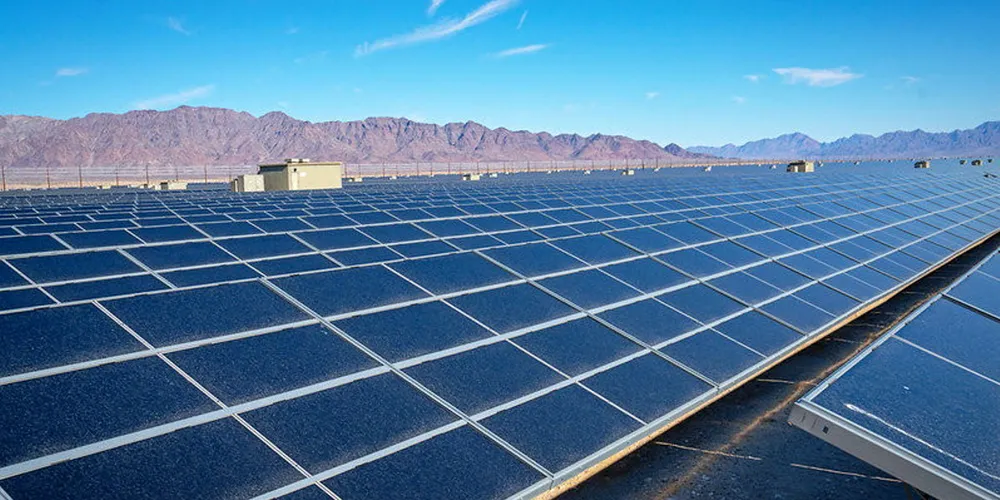US green light for huge solar and battery projects in California deserts
Bureau of Land Management signals approval for PV and storage developments in state's southeast

Bureau of Land Management signals approval for PV and storage developments in state's southeast
